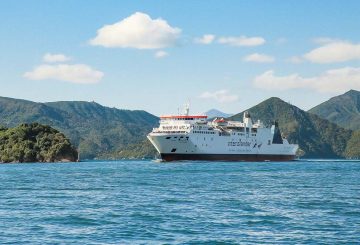세계 최고의 전기차 제조업체 수장이 뉴질랜드의 자동차 회사 전기화와 배기가스 감축 노력에 대해 칭찬을 아끼지 않고 있다.
Tesla의 Robyn Denholm은 APEC 최고 경영자 서밋에서 새로운 전기차에 대한 인센티브와 현재 의회를 통과하고 있는 제안된 자동차 배기가스 기준이 세계 최고의 리더십 사례라고 말했다.
그녀는 정부의 클린카 할인 제도를 “세계적 수준”이라고 부르며, 신차에서 나오는 탄소 배출량이 15% 감소한 반면, 전기차의 판매를 몇 달 만에 3%에서 12%로 끌어올리는 데 도움이 되었다고 언급했다.
“이는 리더십의 좋은 예이다. 그리고 의회 앞에 놓인 깨끗한 자동차 기준은 아오테아로아를 세계에서 가장 깨끗하고 안전한 나라 중 하나로 만들 것이며, 그것이 바로 결정적인 리더십이다.”
대형 2인승 택시와 같이 고비용의 배기가스 배출 차량의 비용을 높이는 요금제는 내년 4월부터 시행된다.
Denholm은 뉴질랜드의 노력을 호주의 단편적인 노력과 대조했다. 호주의 단편적인 노력은 몇몇 주에서 시행했지만 국가 차원은 아니었다.
선정위원회는 현재 향후 6년간 수입자동차의 이산화탄소 배출량을 대폭 줄여 뉴질랜드 청정차 기준을 세계에서 가장 엄격한 자동차로 만들 정부 법안을 검토하고 있다.
Denholm은 전기차가 현재 전 세계 자동차의 약 1%를 차지하고 있으며 2050년까지 전세계적으로 탄소중립을 성취하는 것은 2030년까지 내연기관 자동차를 만드는 것을 중단시키는 것을 의미한다고 말했다.
Denholm은 테슬라가 향후 10년 동안 연간 2,000만대의 자동차를 생산하는 것을 목표로 하고 있다고 말했다. “우리는 아직 가야할 길이 멀다.”
출처 RNZ 뉴스


















































-360x245.jpg)











